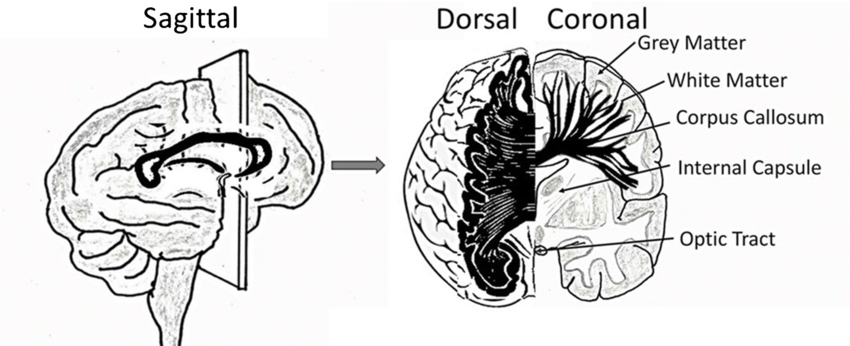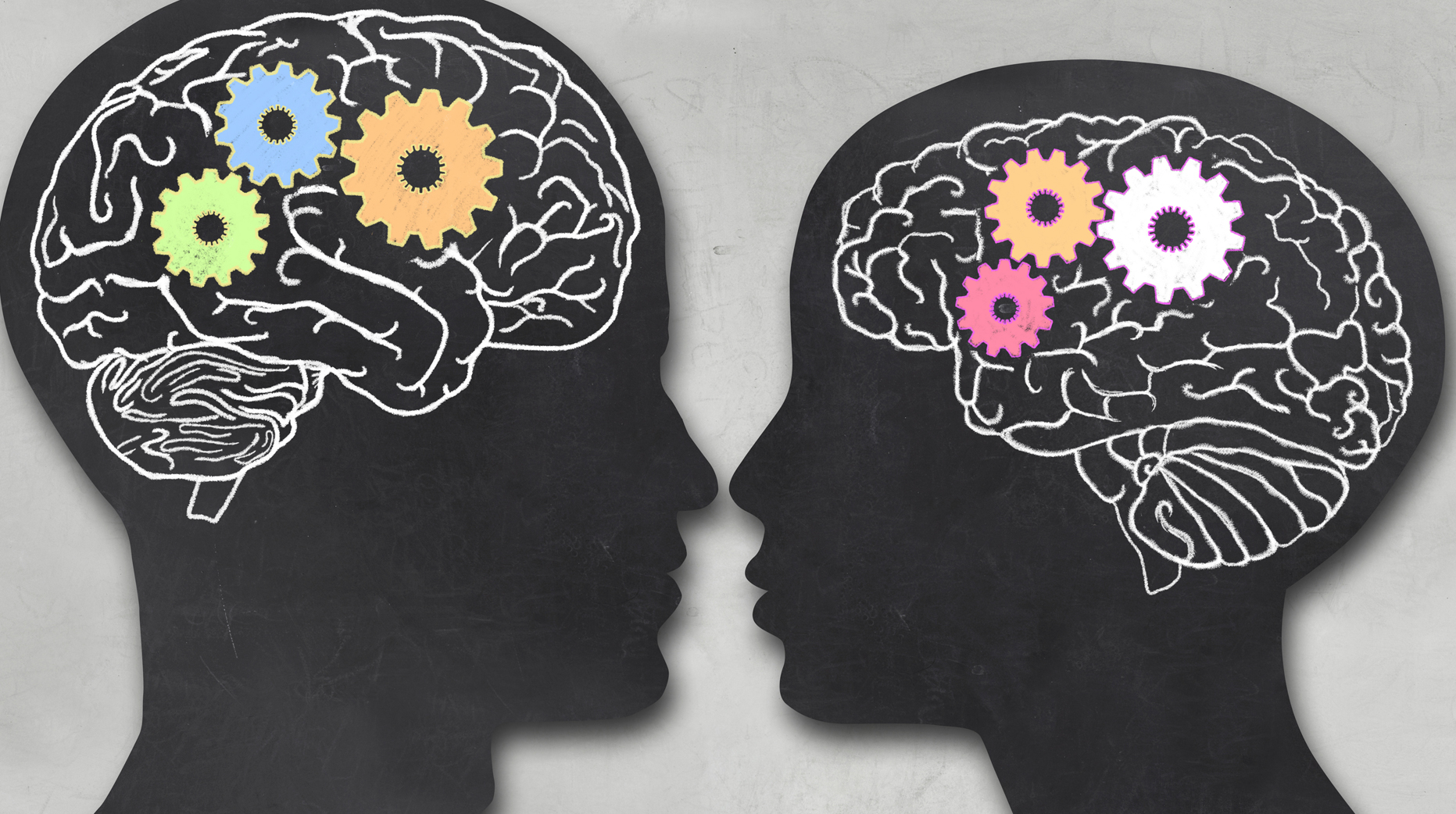By Anna Tsekani,
Through the passage of time, more and more researchers shed light upon the differences between general intelligence and brain structure. Early studies used voxel-based morphometry to examine gray and white matter differences, whereas more recent studies used diffusion tensor imaging to examine white matter microstructure.
During the last decade, the investigation of how intelligence and gender differences manifest in brain structure has become an exciting research question in the differential psychological approach. Although there are no gender differences in general intelligence, there are gender differences in the relationship between general intelligence and brain structure.

One of the first reports can be traced back to Haier, Jung, Yeo, Head, and Alkire. In an MRI study using voxel-based morphometry (VBM), they found that intelligence is positively related to white matter volume in the frontal lobe in women, but negatively related to gray matter volume in the frontal and parietal lobes in men. Thus, while general intelligence does not differ between the sexes, the neuroanatomical structures of intelligence differ between men and women.
In order to examine this correlation, it is crucial to clarify the difference between white and gray matter. More specifically, gray matter houses neural cell bodies, axon terminals, dendrites, and all nerve synapses, and at the same time, it also shapes the central spinal cord into a butterfly shape.
On the other hand, white matter in our brains is made up of axon bundles. Myelin, a protein-lipid mixture that helps conduct nerve signals and protects axons, coats these axons. The function of white matter is to conduct, process, and send nerve signals up and down the spinal cord. Damage to your brain’s or spinal cord’s white matter can impair your ability to move, use your sensory faculties, or respond appropriately to external stimuli. The gray and white matter of your brain and spinal cord contribute to the formation of spinal tracts. These pathways carry nerve impulses from your brain to the rest of your body.

Burgaleta investigated the relationship between general intelligence and global brain features such as total and tissue-specific volumes in relation to gender differences. According to Burgaleta, women had a positive intelligence-gray matter volume relationship, but no significant intelligence-white matter volume correlation was found.
There were no significant correlations between general intelligence and total volumetric measures in men. Different analysis methods may have contributed to the disparate findings. While Haier investigated the relationship on a regional scale, Burgaleta’s study looked at total volumetric measures. These studies provide the first evidence that the relationship between intelligence and brain structure is moderated by gender.
Despite the fact that there is no sex difference in general intelligence on a behavioral level, the literature reviewed above shows that the relationship between intelligence and brain structure differs between the sexes.

In terms of gender differences in white matter microstructure, researchers discovered that women have higher fractional anisotropy in the left frontal lobe than men. Females have higher fractional anisotropy in the splenium of the corpus callosum, while males have higher fractional anisotropy in associative white matter regions. At the same time, many researchers discovered higher fractional anisotropy and lower radial diffusivity in men than in women in the corpus callosum, cingulum, and thalamus.
While sex differences in the corpus callosum and cingulum have previously been observed, the finding that men have higher thalamic fractional anisotropy and lower radial diffusivity than women have not previously been described. Women, particularly those with smaller brains, had higher local efficiency in cortical anatomical networks, specifically in the precuneus, precentral gyrus, and lingual gyrus. Although these studies show some evidence of gender differences in white matter structure, research has rarely considered gender as a potential moderator variable.
Studies have also shown a connection between cortisol and intelligence. Cortisol, as one of the principal stress hormones, along with other hormones of the hypothalamic-pituitary-adrenal axis, belongs to one of the main factors influencing psychological and pathognomic factors, intelligence, and memory. Though corticosteroids do not directly regulate behavior, they do play important roles in the regulation of fear and anxiety. Glucocorticoids and mineralocorticoids both cause chemical changes in specific groups of neurons via their receptors, which contribute to certain behavioral outcomes. Both corticosteroids work together to influence different aspects of fear at different stages of the stress response. Males and females react differently to stressful situations and, more broadly, to psychology, pathophysiology, intelligence, and memory, implying the potential effects of sex hormones.
Although researchers have found evidence of a link between intelligence and gender, more research is needed. These findings may provide additional information and enlightenment into sex dimorphisms, as well as emphasize the importance of considering sex as an influential factor in neuroscience research.
References
- Flegr, J., Hampl, R., Cernochova, D., Preiss, M., & Bicıkova, M. (2012). The relation of cortisol and sex hormone levels to results of psychological, performance, IQ, and memory tests in military men and women. Neuroendocrinol Lett, 33(2), 224-235.
- Dunst, B., Benedek, M., Koschutnig, K., Jauk, E., & Neubauer, A. C. (2014). Sex differences in the IQ-white matter microstructure relationship: a DTI study. Brain and Cognition, 91, 71-78.
- Maenner, M. J., Greenberg, J. S., & Mailick, M. R. (2015). Association between low IQ scores and early mortality in men and women: evidence from a population-based cohort study. American journal on intellectual and developmental disabilities, 120(3), 244-257.




